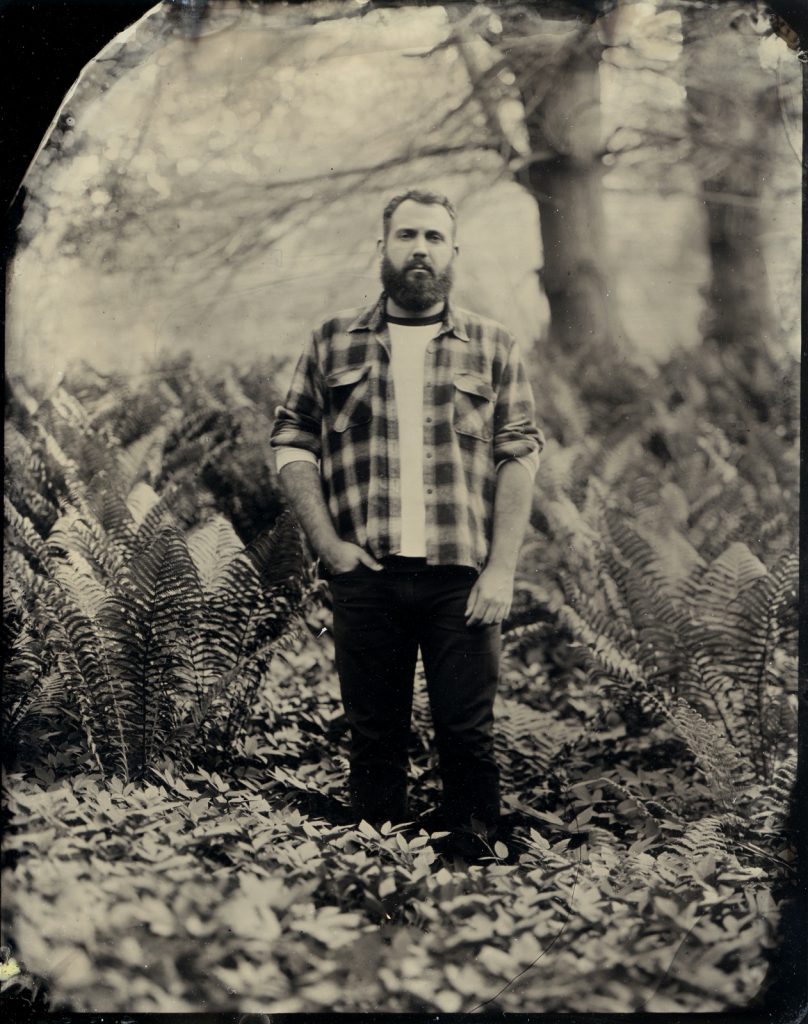
Karen Stentaford has a long-standing preoccupation with place, geography, and belonging.
Often the nature of Stentaford’s work requires her to spend long periods of time alone, enveloped by the landscape she is photographing. In some images—particularly in her Island series—the solitude is visceral. However, this quietude is not to be coerced into an extension of the myth of the empty, expansive landscape. Stentaford is aware of the politics of her position as a photographer of settler ancestry connecting with the land, and the mirror in her lens does not betray this. In her series Trace, Stentaford channels her own childhood connections to place by revisiting her home of Topsail, Newfoundland, and photographing personally impactful sites. The images are haunting and beautiful. Perhaps even more than a physical geography, they are representative of a rich personal lore—the inner landscape.
But Karen Stentaford does not always work alone. She is an assistant professor at Mount Allison University, and the driving force behind the Photomatic Travelling Tintype Studio, which was originally conceptualized by Stentaford and Christie Lawrence in 2013. The mobile studio and darkroom has made appearances at some of Atlantic Canada’s buzziest art spaces, from New Brunswick’s Thunder and Lightning and Third Shift Festival to Lumière Arts Festival in Cape Breton. It is a high intensity social project, yielding dozens of tintype portraits of individuals from a single event, which become relics representative of the community itself.
Stentaford is dedicated to the alchemy of analogue media, particularly the wet plate collodion process, which proffers glass negatives and tintypes. In order to create an image, she must spend time being in a place, learning the conditions as well as understanding its geography. She processes the images in situ, in a mobile darkroom, which allows the atmospheric conditions of a place to contribute to the outcome of the image. If it is snowing, for example, the snow is not only captured through lens, light waves, and chemistry, it also appears through contact with the plate as it is removed from the camera and developed. Thus, the imprint of the landscape on the plate becomes poetically duplicitous. In instances where the external conditions making contact with the plate could be avoided, Stentaford chooses to embrace the meteorological collaboration.
Despite her attentiveness to landscape and sense of place, Stentaford has rarely set out to photograph New Brunswick, nor has she felt a particular attachment with its placehood until now.
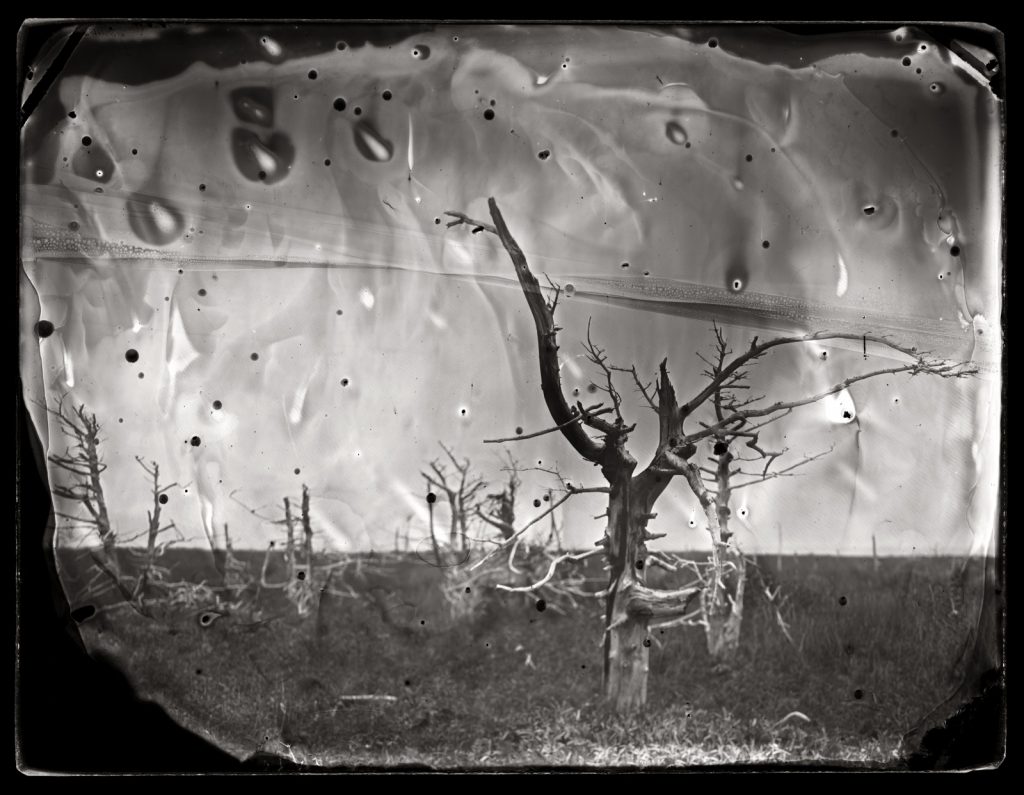
For Stentaford, the isolation and closed borders of 2020-2021 became an unlikely catalyst for learning, as she began to recognize a deeper connection with the area near her New Brunswick home. Stentaford has made a ritual of walking, exploring, and documenting the coastal area around Sackville—particularly at the edges of the Tantramar River, near an aboiteau, and along the Fundy Coast to witness the tidal bore—and she has found solace in the energy of the place that feeds her sense of belonging.
Stentaford is engaging with her solitude, sense of place, and creative process in a new way. In lieu of travelling, she is revisiting the same area, spending time with the land and water. Observing the landscape—both its force and its calming energy—has given rise to new ways of working. Her methodology has grown to include her iPhone as a record keeper of her daily trips, as well as a combination of medium format silver gelatin and large format wet plate collodion processes. The imagery is tied to the lively tides and horizon line, especially, as the artist notes, when it “becomes emptied of details from the time of day and weather.” Where Stentaford’s other bodies of work, such as Island and Trace, are awash in the stillness, her newer work, while still in process, is teeming with life. Solitude is replaced with animated skies (evidence of varied species of coastal inhabitants) and the sound of water being obscured by the deafening wind as it gathers speed across the marshland. This work is a reminder of our vital entanglements with the world around us, which is both a silver lining and a lifeline. For Stentaford, the restrictions of the pandemic uncovered a kinship with the local geography, its more-than-human inhabitants, and the vital energy of place, to remind her that she never really works alone.

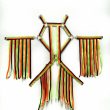
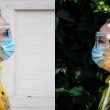












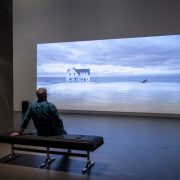
Leave a Reply